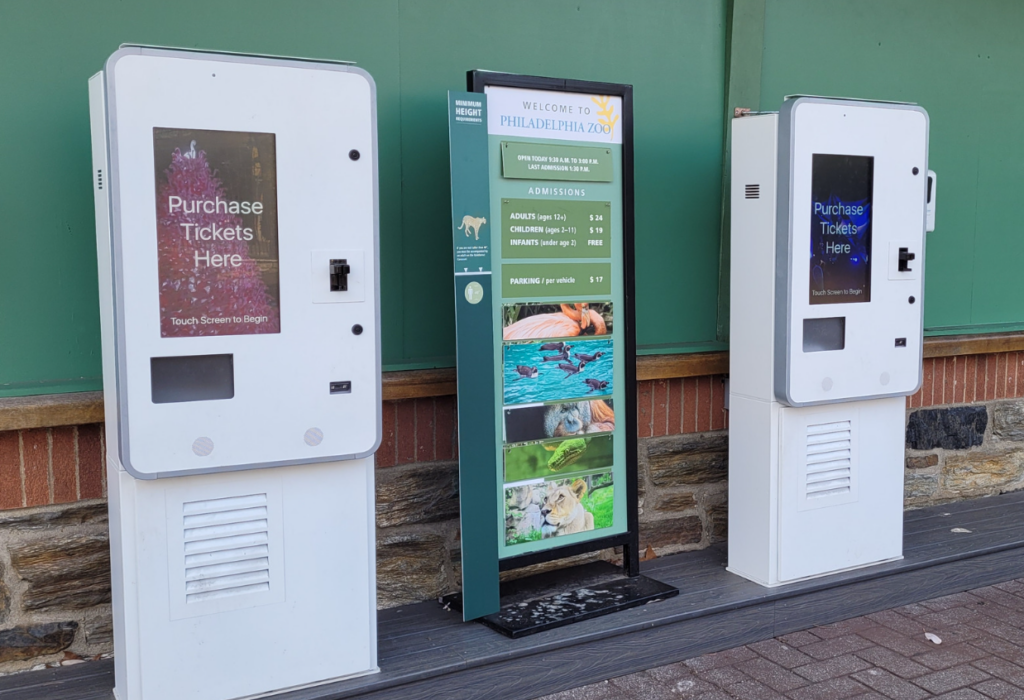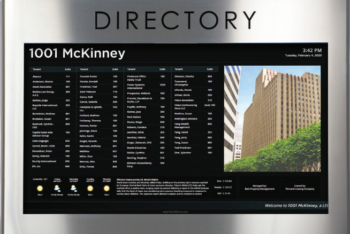Self service kiosks—sometimes called self-serve terminals—are changing the way businesses interact with their customers. These easy-to-use machines let people take control, whether they’re completing financial transactions like with reverse ATMs, accessing information, or checking in at a medical office or retailer. From retail stores to healthcare facilities, self-service kiosks deliver convenience, speed, and efficiency. Let’s dive into what makes these kiosks so impactful, the features that make them stand out, and the unique ways they’re being used to improve customer experiences.

What Makes Up a Self Service Kiosk?
At their core, self-service kiosks are all about making life easier for customers. They’re powered by a combination of innovative hardware and software that work together seamlessly. Here’s what makes them tick:
- Touchscreen Displays: These interactive screens are what customers use to navigate the kiosk. Whether it’s tapping, swiping, or scrolling, the experience is designed to feel natural and intuitive. Larger kiosks typically feature separate displays, while compact options may integrate tablet-style screens.
- Sturdy Kiosk Enclosures: Built for durability, kiosk enclosures are often made of stainless or ruggedized steel, tailored to fit their environment—whether it’s a bustling indoor mall or an outdoor transit station.
- Smart Kiosk Software: The kiosk's software is the brains of the operation. It powers everything from secure transactions to remote management. With data analytics and customizable options, businesses can fine-tune the experience to meet customer needs.
- Hardware Components: Depending on what the kiosk is used for, additional features might include:
-
-
Barcode Scanners for retail checkouts or ticket validation.
-
Card Readers for quick and secure payments.
-
Printers to generate receipts, tickets, or vouchers on the spot.
-
Cameras for ID verification or document scanning, especially useful in airports or healthcare settings.

5 Features of Great Self-Serve Kiosks
To create a great user experience, self-service kiosks need to balance functionality with simplicity. Here are some standout features:
-
Simple, Intuitive Interfaces (UI): A good kiosk makes navigation easy. Touchscreens with clear instructions ensure customers can complete their tasks quickly, even if they’re using the kiosk for the first time.
-
Multiple Payment Options: Customers value flexibility. Whether they prefer using credit cards, mobile wallets, or contactless payments, kiosks make transactions hassle-free.
-
Instant Information Access: Digital kiosks provide up-to-date details on products, prices, promotions, and more, helping customers make informed decisions.
-
Order Customization: In places like restaurants, self service kiosks let customers personalize their orders down to the last detail—less waiting, fewer errors, and happier diners.
-
Integrated Digital Signage: Some kiosks double as advertising platforms, displaying promotions or targeted ads to keep customers engaged.

4 Big Benefits of Self-Service Kiosks
So, what’s the real impact of self-service kiosks on businesses and their customers? Let’s take a look at the benefits:
-
Happier Customers: By cutting wait times and giving customers control, kiosks make interactions faster and smoother, leading to greater satisfaction.
-
Streamlined Operations: Automating routine tasks frees up staff to focus on more valuable work, like personalized customer service.
- Increased Sales and Revenue: With built-in tools for upselling and cross-selling, digital kiosks encourage customers to explore more products, increasing their spending.
- Actionable Insights from Data Collection and Analytics: Kiosks collect data on customer behavior, helping businesses make smarter decisions and tailor their services.

4 Real Life Uses for Self Serve Kiosks
-
Retail and Hotels / Hospitality: From self-checkouts in stores to room check-ins at hotels, kiosks save time and make transactions effortless.
-
Airports and Train Stations: Travelers can use kiosks to buy tickets, check in, or even print boarding passes, speeding up their journeys.
-
Healthcare: Patients can check in for appointments, refill prescriptions, or access medical info—streamlining processes and reducing stress.
-
Quick-Service Restaurants: Diners can place orders, customize meals, and pay, all without waiting in line.
Self service kiosks aren’t just a convenience—they’re a competitive advantage. They let businesses deliver personalized, efficient service while improving operational efficiency. Whether you’re in retail, hospitality, healthcare, or beyond, kiosks can transform how you connect with your customers.
Interested in bringing self-service kiosks to your business? Reach out to REDYREF online or call 1-800-626-3603 to learn more about how we can help. Let’s make customer service smarter, faster, and better—together.




